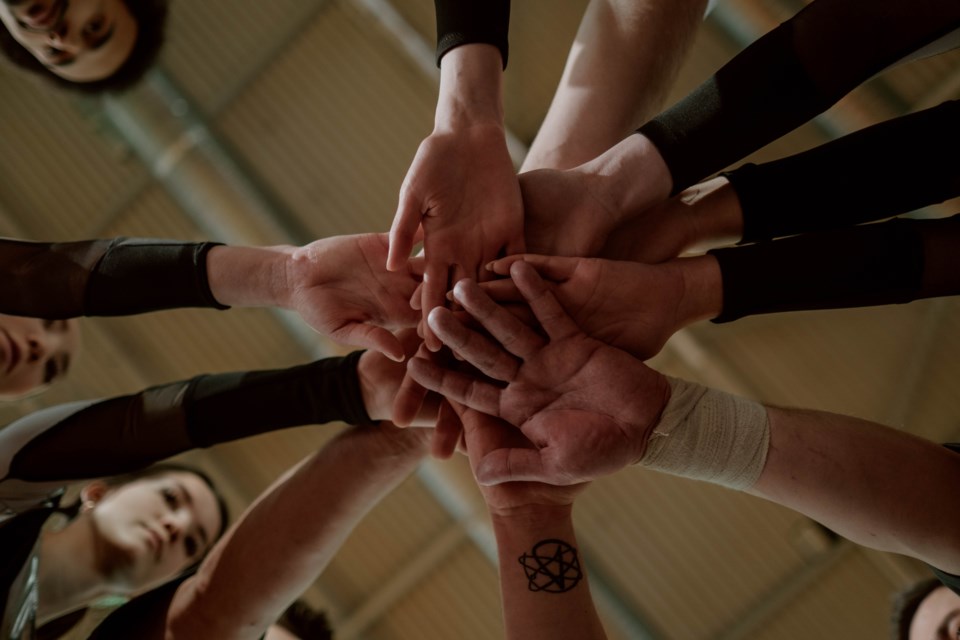NEWS RELEASE
BROCK UNIVERSITY
*************************
The commission set to be launched by the federal government in the new year to investigate systemic abuse in sport must overcome a series of challenging hurdles to achieve its mandate, say Brock University experts.
While the government announced last week it would move forward with the creation of a commission, the move fell short of calls from the community to hold a public inquiry to address what has been called a “crisis” in sport.
Public inquiries differ from commissions in many ways, but essentially boil down to the amount of authority those investigating have to compel testimony, enforce attendance and produce evidence, says Assistant Professor of Sport Management Taylor McKee.
“Under the 1985 Inquiries Act, public inquiries are endowed with the authority to require testimony and disclose evidence and would theoretically be able to directly address the issues present in the Canadian sport system,” he says.
“However, the commission, as described in last week’s announcement, does not have these types of powers and can take the form desired by Sport Minister (Carla) Qualtrough. This immediately calls into question how much authority the commission will have to address the sport system, even in the face of compelling victim testimony regarding abuse in Canadian sport.”
Despite systemic abuse being deemed a crisis in sport, the tool selected to address it “will be a long, expensive and drawn-out process, without the strongest possible mandates at the government’s disposal to hold those who created conditions of the crisis accountable,” McKee says.
“This approach sends a mixed message: acknowledging the problem is ongoing but also that nothing concrete will be done before 2025 at the earliest,” he says. “While this timeline is essentially status quo for governmental investigations of this magnitude, it does send an unclear message to parents, athletes and victims seeking meaningful, immediate change.”
There is a powerful sense of urgency because safe sport issues continue to arise, says Brock Sport Management Professor Julie Stevens, calling it a “turbulent” time in sport.
For the commission to be impactful in creating change, she says it must address two key areas.
First, it must delve into the community sport context, where most athletes, coaches, officials and volunteers engage in sport. It is the base of the system with the greatest risk of maltreatment and abuse because of the sheer number of participants, Stevens says.
Second, it must examine how the policies and practices of sport organizations of all kinds, impede accountability. Ultimately, a sport experience occurs within programs delivered by an organization and implementing safe sport requirements will establish consistency, she says.
The commission will face the challenge of navigating the “complex and fractured sport system” to engage with those involved throughout, Stevens says.
“While there are actors who serve all sports, such as the Coaching Association of Canada, the system is comprised of individual federated sports. Their structure fans down national to provincial to local levels and spans across subsectors from non-profit clubs to schools to businesses,” she says.
“The challenge for the commission will be to reach key stakeholders throughout this complicated system and ask each of them, ‘What is sport really like?’”
A growth mindset and solutions-focused approach is needed for true change in the system to be achieved, Stevens says.
“The past 50 years has seen massive amounts of money dedicated to creating a system of excellence with high-performance pathways to achieve international success. We need to shift the majority of the financial and human resources towards a building capacity in the sport system,” she says.
“Lasting change to sport culture will only happen through an investment that supports leaders and volunteers, especially those in community sport, and enables them to implement safe sport practices.”
*************************
